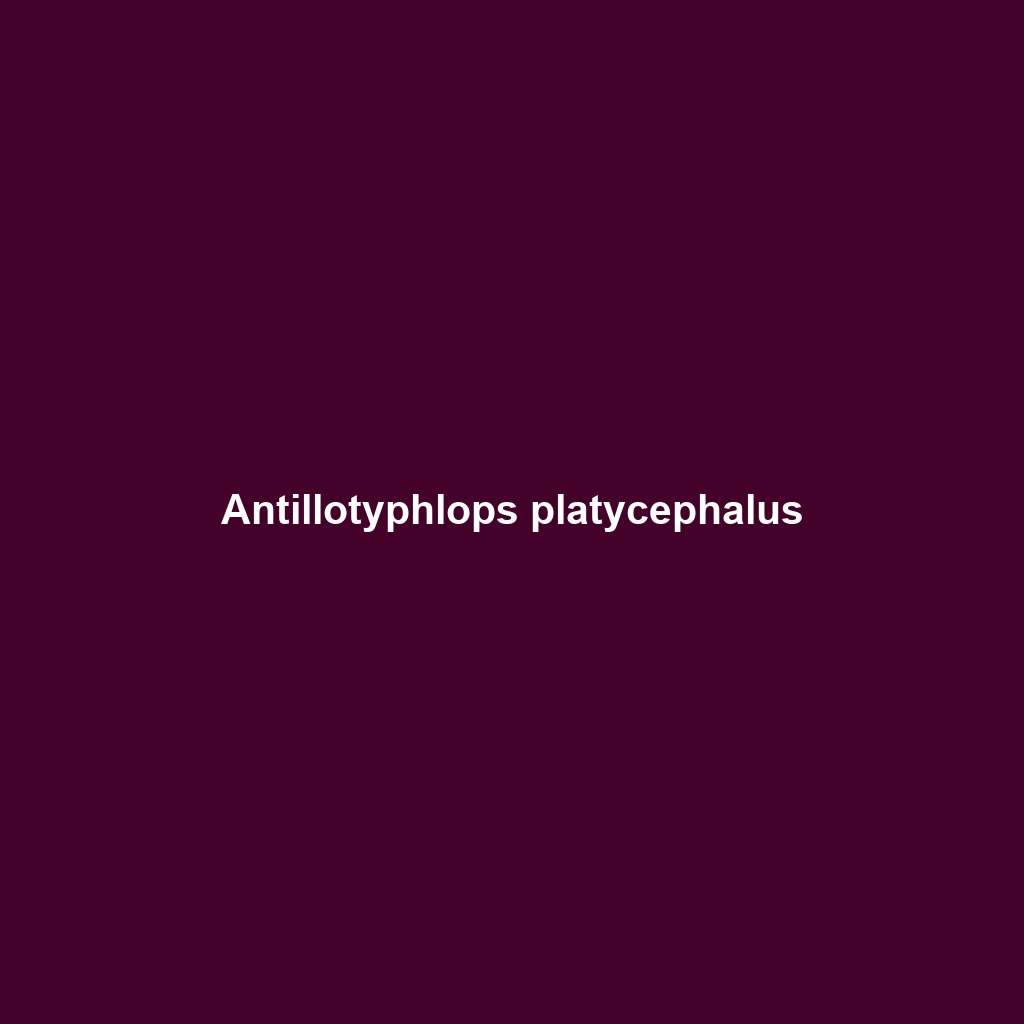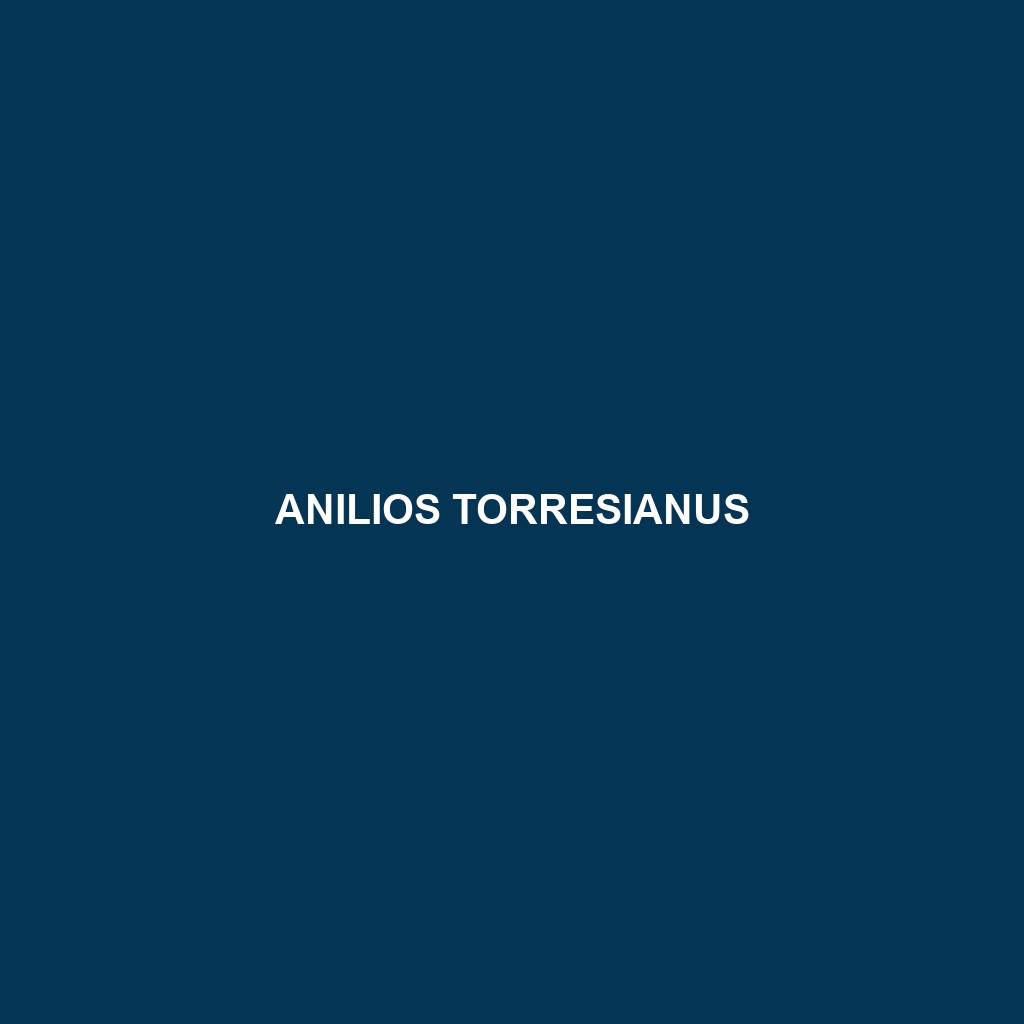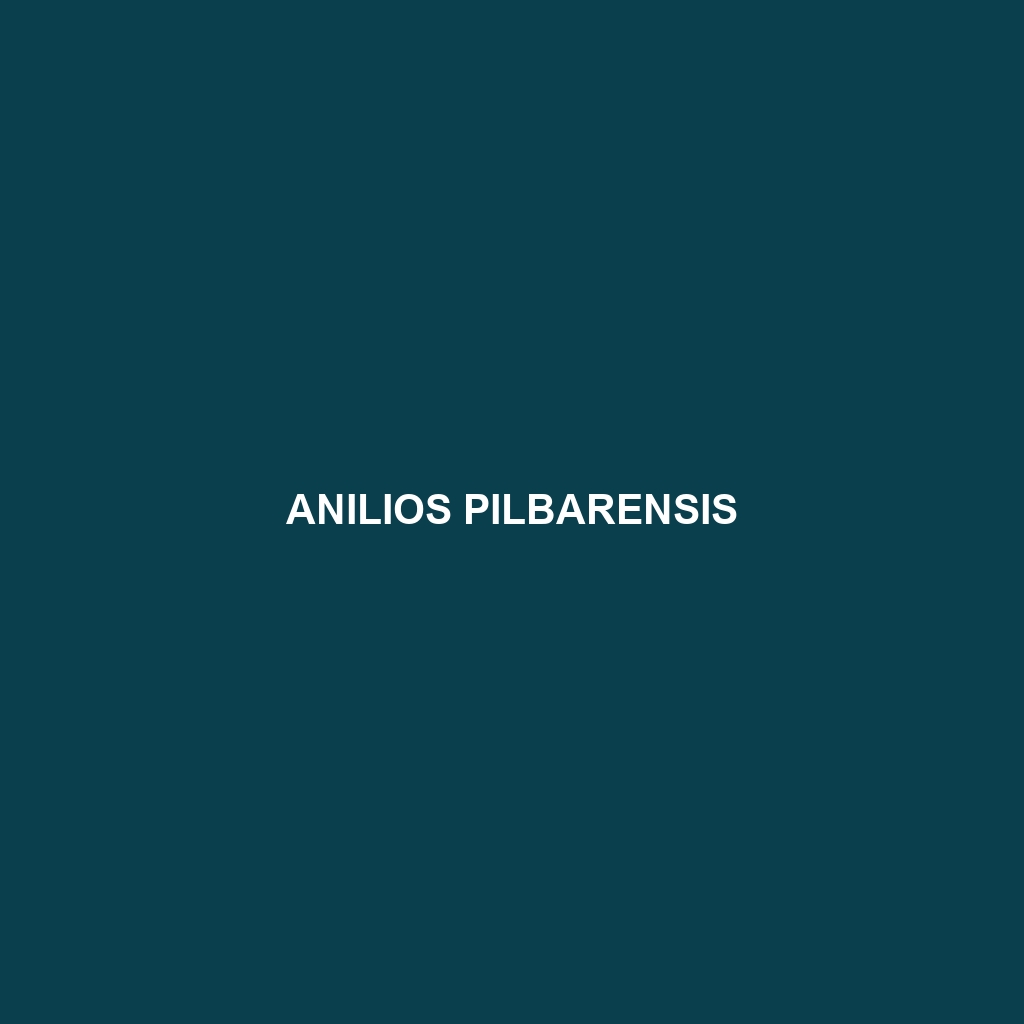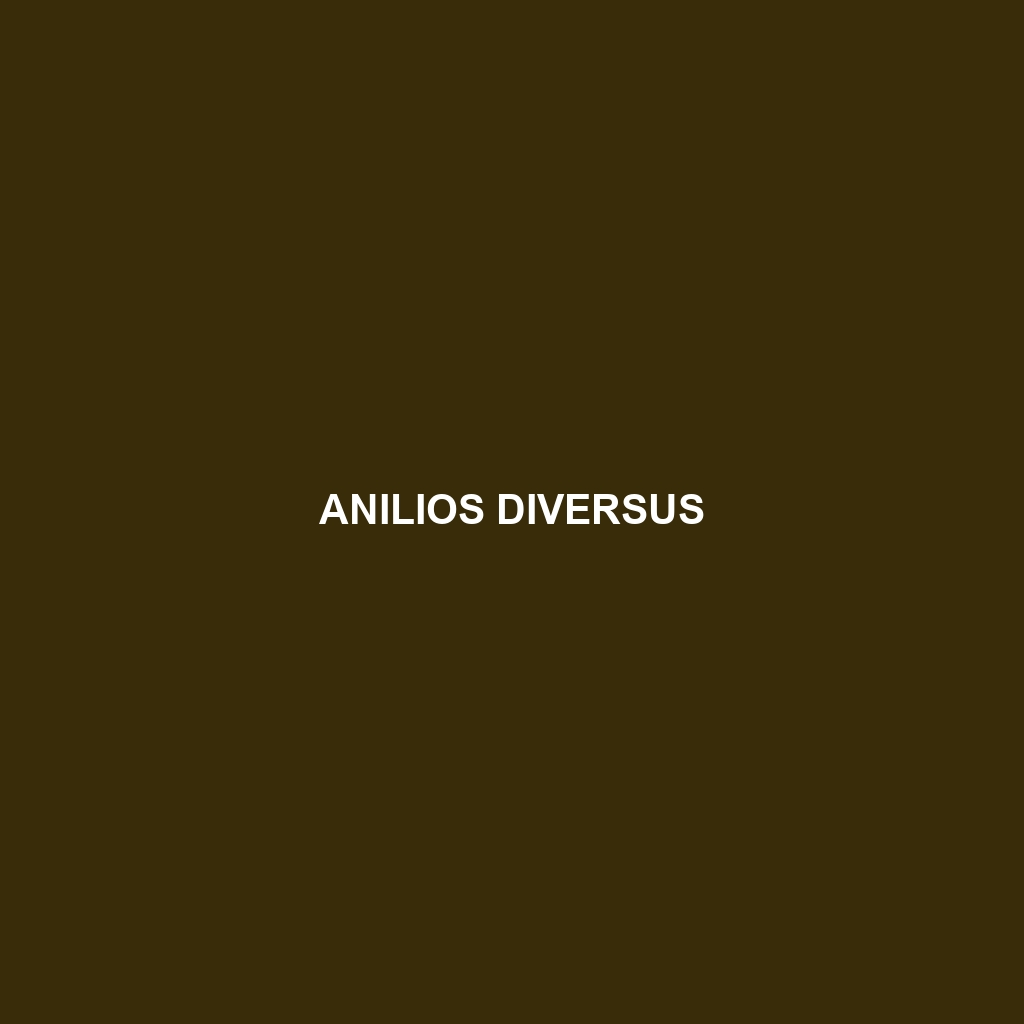Discover the Antillotyphlops platycephalus, or Antillean worm snake, a non-venomous species found in the Caribbean, known for its flattened shape, secretive fossorial behavior, and diet of small invertebrates. This ‘Vulnerable’ species plays a crucial role in maintaining soil health and nutrient cycling in its forested habitats.
Tag: Non-venomous snakes
Antaresia childreni
Discover the captivating Children's Python (Antaresia childreni), a non-venomous snake native to northern and eastern Australia, known for its slender body, vibrant patterns, and docile temperament. This adaptable species thrives in diverse habitats and plays a crucial role in maintaining ecological balance by preying on small mammals, lizards, and birds.
Anilios waitii
The Anilios waitii, or Wait's blind snake, is a nocturnal, fossorial species found in the tropical rainforests of northern Australia. Known for its smooth, cylindrical body and reduced eyesight, this non-venomous snake primarily feeds on small invertebrates and plays a vital role in aerating soil and maintaining ecosystem balance.
Anilios torresianus
The Torresian blind snake (Anilios torresianus) is a non-venomous, fossorial species commonly found in the moist environments of northeastern Australia and New Guinea, characterized by its smooth, elongated body, primarily feeding on small invertebrates like ants and termites. Known for its gentle demeanor and nocturnal behavior, it plays a crucial role in regulating insect populations within its ecosystem.
Anilios pilbarensis
Discover the Anilios pilbarensis, a slender, non-venomous snake from the Pilbara region of Western Australia, known for its unique burrowing abilities and nocturnal behavior. This species plays a vital role in the ecosystem by controlling invertebrate populations and aerating the soil, while its distinct camouflage aids in avoiding predators.
Anilios micromma
Discover the Anilios micromma, a slender, nocturnal snake native to the temperate rainforests of eastern Australia, averaging 40-60 cm in length with vestigial eyes and distinctive lighter bands. This non-venomous species plays a vital ecological role by controlling invertebrate populations and aiding in soil aeration, making it a fascinating addition to any reptile enthusiast's collection.
Anilios ganei
Discover the fascinating Anilios ganei, a medium-sized, non-venomous snake native to the tropical rainforests of northern Queensland, Australia. With its dark brown to olive green coloration, this nocturnal and fossorial species plays a vital role in the ecosystem by preying on small invertebrates and helping maintain ecological balance.
Anilios chamodracaena
Discover the Anilios chamodracaena, also known as the Australian Blind Snake, a non-venomous, fossorial species thriving in arid regions of Australia. Measuring 45 to 70 cm, this secretive snake plays a crucial role in its ecosystem by controlling invertebrate populations and contributing to soil health.
Anilios endoterus
Discover the Anilios endoterus, a fossorial snake native to northern Australia's tropical regions, characterized by its elongated, slender body measuring 40 to 100 centimeters and distinct banding. This nocturnal species thrives in sandy soils, preying on invertebrates like earthworms, and plays a crucial role in maintaining ecological balance.
Anilios batillus
This non-venomous snake, known as Anilios batillus or "Blind Snake," thrives in the forests of southeastern Queensland and northeastern New South Wales, featuring a cylindrical body with dark brown to reddish-brown coloration and a diet primarily consisting of earthworms and slugs. An adept burrower, it plays a crucial role in soil health and ecosystem balance while exhibiting unique nocturnal behaviors.









